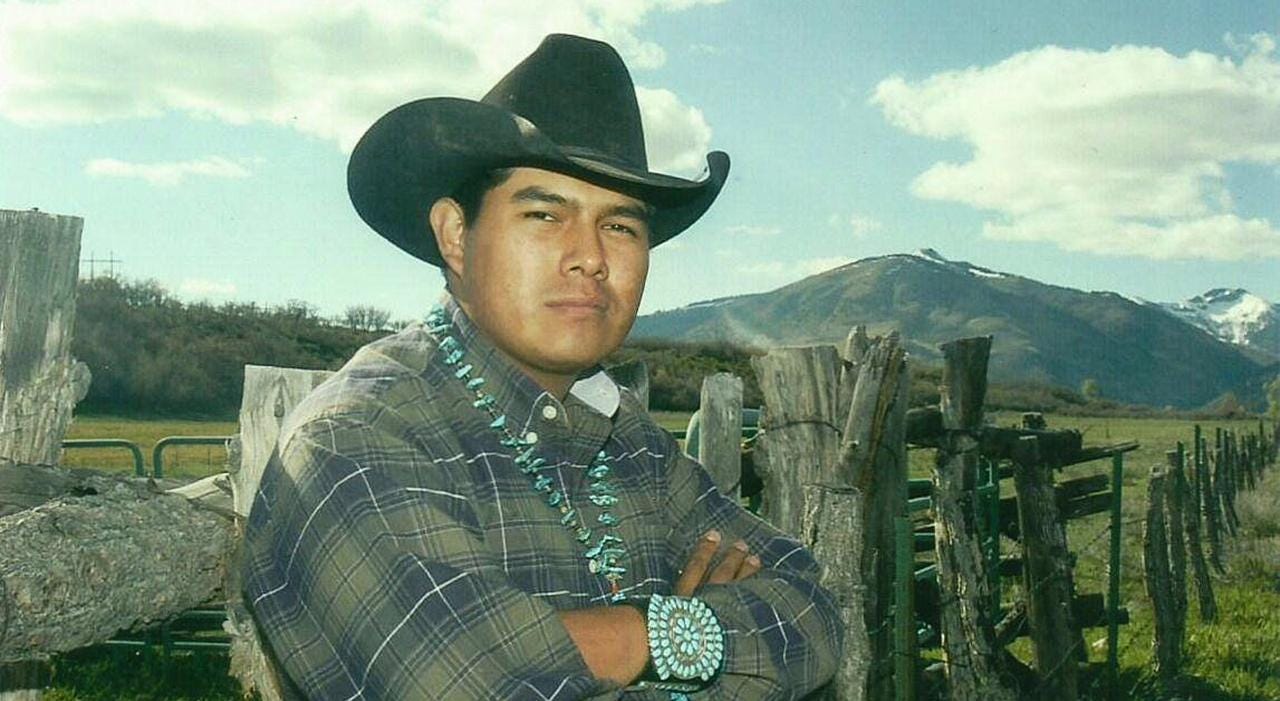An Audacious Dancer’s Apache-Navajo Mashup—and the Outcry that Followed
Blending the lessons of his dual—some say dueling—Native American lineage, a Grammy-winning artist finds spiritual purpose, international fame, and a few sharp critics.

Photos courtesy Knifewing Productions.
First you hear the war whoops. Then you see the headdresses, rising two, three feet or higher above the black, masked faces of the Native American men that have commandeered an intersection in the center of Globe, Arizona.
Some passersby seem understandably unnerved when they happen upon the display in this sleepy city, home to about 7,000 people.
On any other day, travelers through the southwest desert might overlook Globe as just a stop on a greater itinerary. But the stomping, swaying, painted performers of the Apache Crown Dancers have turned these cross streets into something akin to a holy ground, more in keeping with the traditions of the approximately 12,000 residents of the nearby San Carlos Apache Indian Reservation than the city’s population. In the 19th century, such dancers were commonplace in this region, and the routines have lived on for some among the large Native Americans population in this region.
The initial mood of the onlookers…

